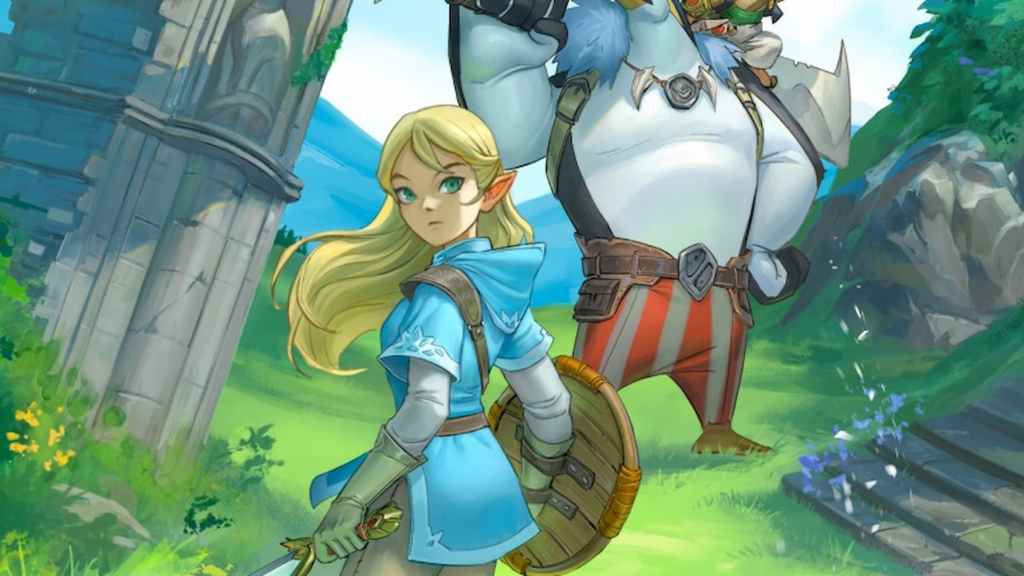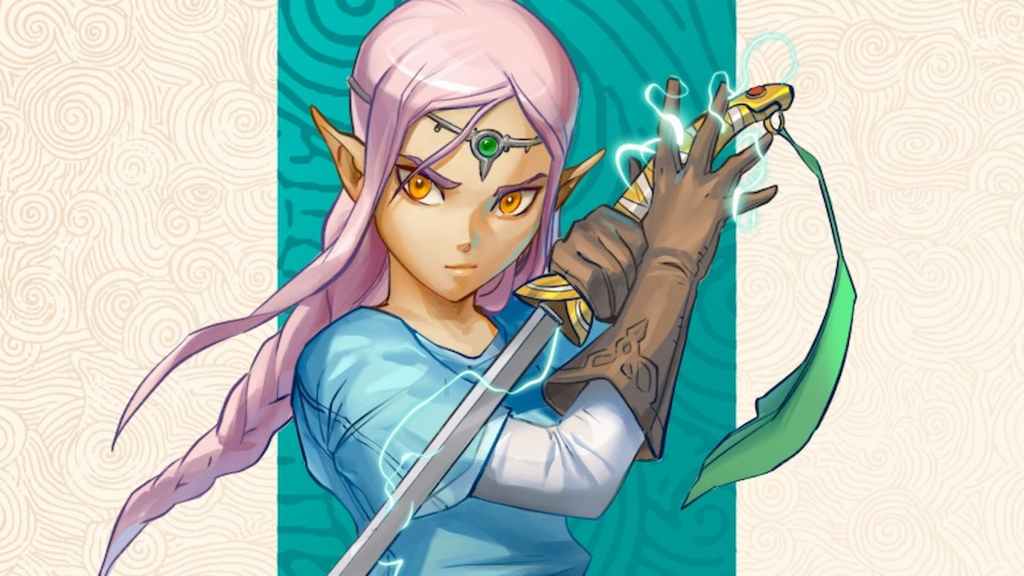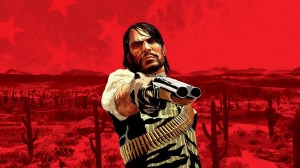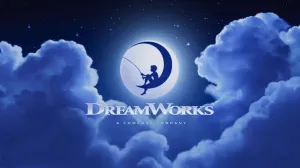As tabletop role-playing continues to grow, the most exciting projects aren’t just attempting to recreate Dungeons & Dragons like Critical Role’s Daggerheart. These projects are reinventing what a TTRPG can feel like, and often look to fan-favorite video game series for inspiration. Over the past few years, I’ve watched the hobby evolve through indie creators, narrative-driven systems, and visually stunning worlds that bridge the gap between video games and TTRPG storytelling. What I crave today is more than just rules; they want atmosphere, mood, charm, and worlds brimming with imagination.
Videos by ComicBook.com
And that’s why the latest reveal in the tabletop space caught my attention. When I discovered Twilight Sword on Backerkit, I was enraptured by a world that blends the spirit of The Legend of Zelda, the warmth and magic of Studio Ghibli, and the adventure-driven design of classic JRPGs into a single tabletop experience. The pitch alone is captivating: you play as a Champion awakened by ancient Spirits to restore hope to the world of Radia, a once-peaceful realm now drowning in despair. It’s a love letter not only to Zelda but to Dragon Quest, Ni No Kuni, Final Fantasy, and the animated storytelling traditions that shaped generations of fantasy fans.
A Beautiful World Ripe for Role-Playing

One of the standout features of Twilight Sword is its worldbuilding. Radia is a beautiful, living, breathing world that serves as more than a backdrop. It has been shaped by the same heart and whimsy found in Studio Ghibli’s fantasy landscapes and embodies the visions of Nintendo’s The Legend of Zelda series, especially Breath of the Wild. Long ago, Radia was ruled by the gentle and wise aura of the people until the rise of the sinister scourge known as Vardas. Their arrival plunged the world into darkness, scattering despair across every region.
As a newly awakened Champion, your purpose is not just to defeat monsters but to bring hope back to the land. That theme serves as both a mechanical and narrative pillar and sets the tone for the game. Helping villagers, solving small problems, uncovering secrets, assisting in heartfelt side stories, or slaying massive bosses all contribute to restoring light and balance. Even small, seemingly insignificant gestures matter. This aspect leans into the heart and joy of gaming and TTRPGs.
Radia also unfolds dynamically through 25 map cards and dozens of prompts that let players reveal the world organically as they explore. Landmarks like dungeons, shrines, ancient ruins, dangerous forests, and mystical towers create a sense of discovery that mirrors old-school adventure games. Each landmark hides a puzzle, a treasure, or a moral choice waiting to be uncovered. This approach encourages players to wander, experiment, and engage in a world where each of these actions can lead to interesting rewards.
How Fan Favorite Series Shaped a Tabletop Experience

Twilight Sword wears its inspirations proudly. Fans of classic video game series will recognize hints of Zelda in the dungeon layouts, environmental puzzles, and hand-crafted encounters. The art direction echoes the dreamlike charm of Ghibli films like Nausicaä and Princess Mononoke. The game’s focus on hope, light, and emotional storytelling calls back to JRPGs like Ni No Kuni and Dragon Quest. For someone who grew up on these iconic series, Twilight Sword feels like stepping into a tabletop adaptation of childhood memories and gaming history.
But the inspirations go deeper than aesthetics. Twilight Sword’s character progression system allows players to choose up to two ways: Blade, Magic, Wild, Light, Shadow, or Son. Each offers unique abilities and specializations, allowing players to create surprising combinations. Become a Blade-Song warrior who dances through enemies, or a Shadow-Light hybrid who balances trickery and healing, or a Wild-Magic spellcaster who taps into raw, unpredictable elemental energies. Did I mention you can play as a penguin too?
This dual-path system feels like a fusion of classic JRPG class-mixing, something I love in the Octopath Traveler series, D&D subclass customization, and video-game upgrade trees. It’s approachable but layered, offering enough freedom for veteran TTRPG players while remaining inviting to newcomers. Even the monster system feels reminiscent of beloved RPG traditions: each creature has its own illustrated card, its own stats, and its own behavior. Bosses take things even further, occupying multiple cards due to their complexity and scale that mirror the epic set-piece battles of Zelda or Final Fantasy.
What Makes Twilight Sword Unique and Why You Should Pay Attention

While Twilight Sword is clearly inspired by classic fantasy games, it isn’t derivative; it evolves them. What sets it apart is its dedication to emotion-driven gameplay. Most TTRPGs focus on combat stats, survival, or complex rules, but Twilight Sword gives equal weight to kindness, choice, and small acts of heroism. Restoring hope is not a background theme but the heart of the adventure. With the rise of cosy fantasy, a game that rewards small kindnesses is something I love to see. Travis Baldree’s Legends and Lattes or Julie Leong’s A Teller of Small Fortunes would feel right at home here.
The game also encourages narrative freedom through exploration prompts, flexible quest design, and a world that naturally pushes players toward curiosity rather than linear progression. With Radia overrun by Vardas’ monstrous creations, every journey blends danger, mystery, and heart. Stories can shift from confronting terrifying bosses to helping a young man profess his love, and both are equally valuable to the world’s recovery.
Twilight Sword is set to go live on Backerkit this November 20th and could be one of the most enchanting tabletop RPGs. For fans of Zelda, Studio Ghibli, classic JRPGs, or heartfelt fantasy adventures, this is a TTRPG worth paying attention to. It reminds me of BREAK!!! RPG but with a different purpose and vision. But the same passion for gaming and TTRPGs is there, and you can feel the love for its inspirations on every page, in every piece of art, and in every choice.
What do you think? Leave a comment below and join the conversation now in the ComicBook Forum!









